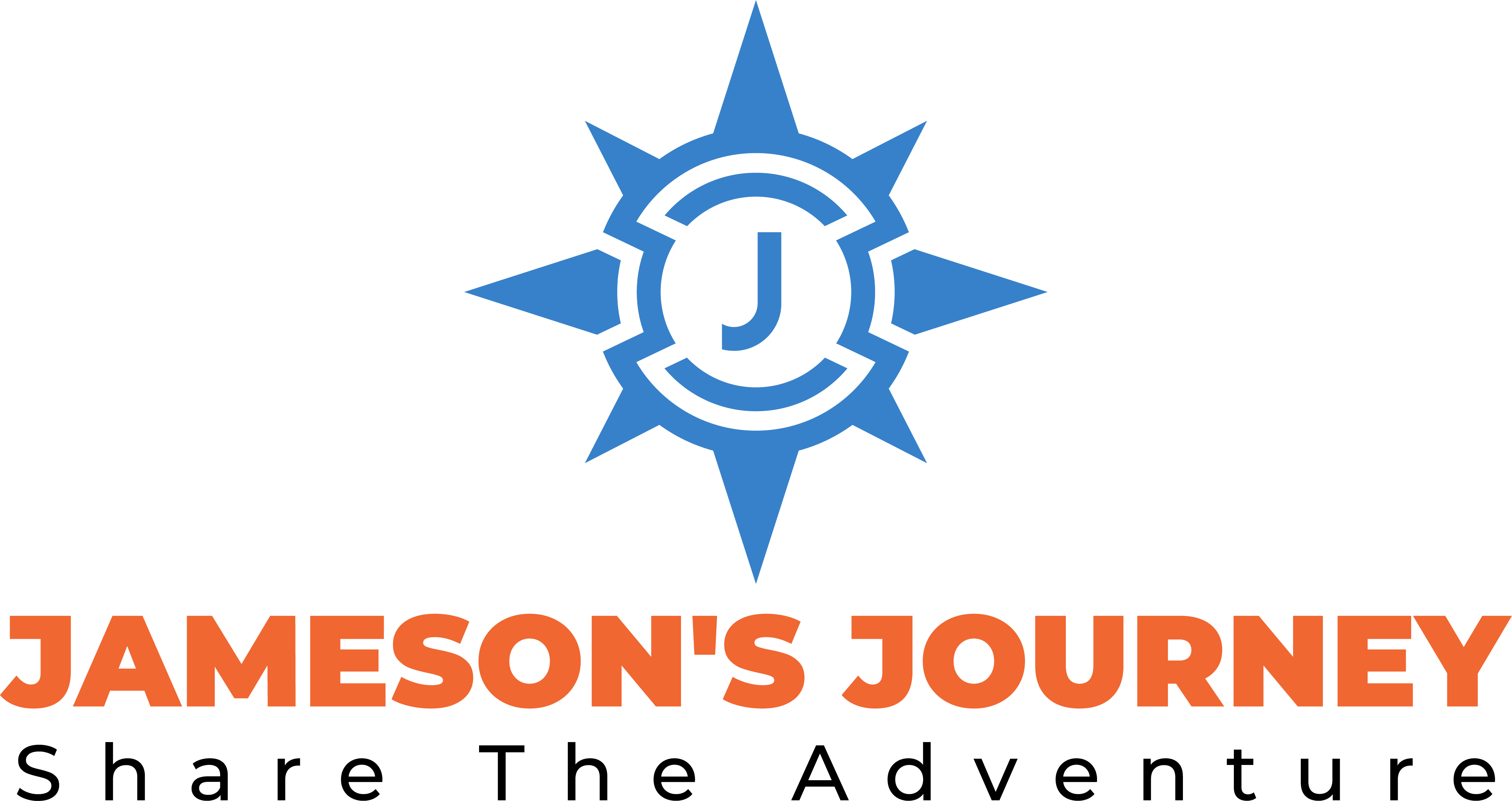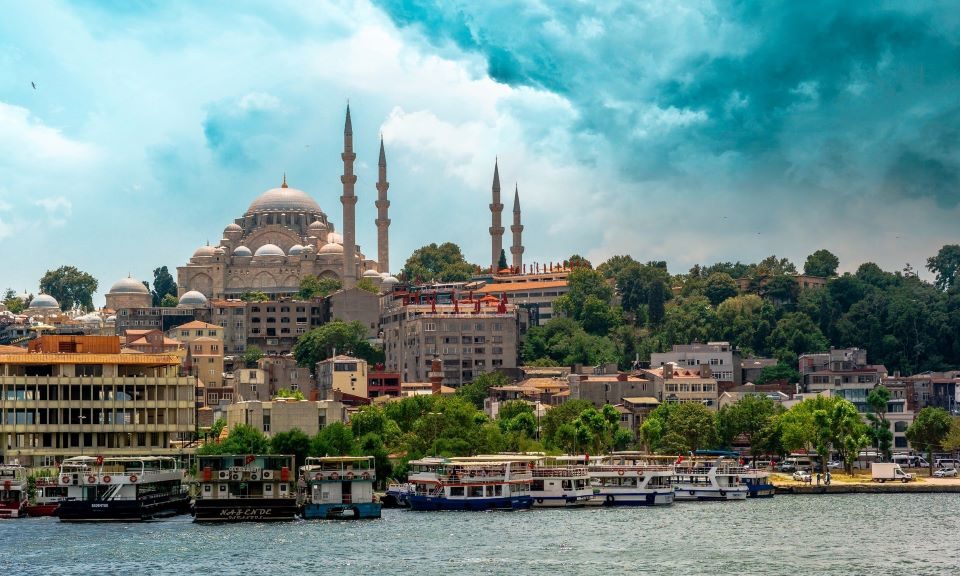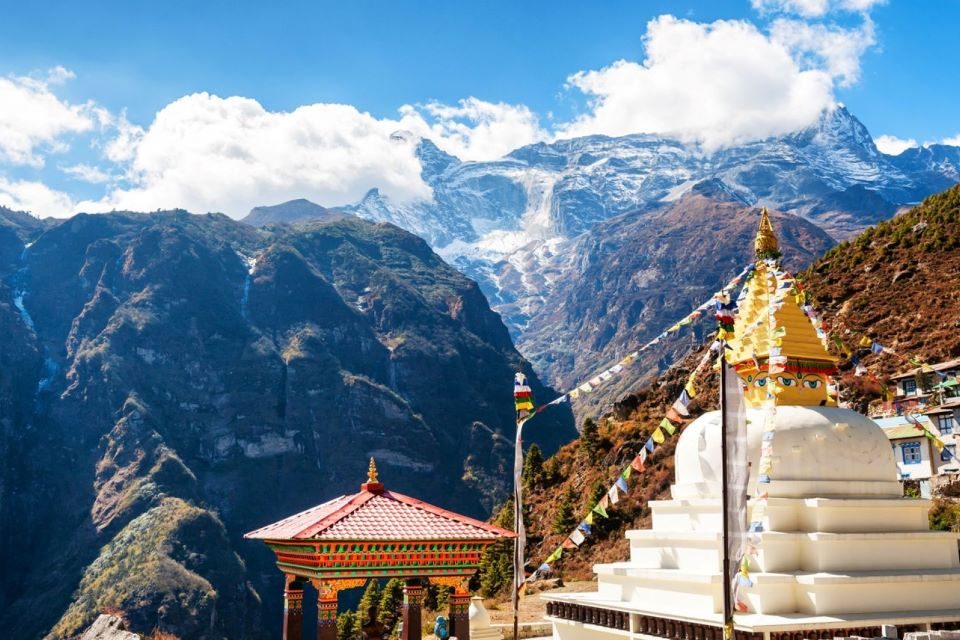Seeing the Savanna: The Ultimate Guide to Travel Binoculars for Safari

How to Survive Your First Camping Trip: A Comprehensive Guide
October 24, 2024
Hotel vs Motel: Unpacking the Price Difference
November 4, 2024Seeing the Savanna: The Ultimate Guide to Travel Binoculars for Safari

The African savanna. Just the name conjures images of vast grasslands teeming with wildlife, breathtaking sunsets, and the thrill of encountering magnificent creatures in their natural habitat. But to truly experience the magic of a safari, you need more than just your own two eyes. You need a pair of binoculars that can bring the action closer, reveal hidden details, and transform your trip into an unforgettable adventure. To enhance your safari experience, explore NGCAtravel blog for tips on the best binoculars to take along and how to make the most of your wildlife encounters.
Choosing the right binoculars for your safari can be a daunting task, especially with the plethora of options available. Fear not, intrepid explorer! This guide will equip you with the knowledge to select the perfect pair for your needs, ensuring you don’t miss a single moment of the action.
Table of Contents
ToggleKey Considerations for Safari Binoculars

- Magnification: While the temptation might be to go for the highest magnification possible, a range of 8x to 10x is ideal for safari and travel trailer adventures. This provides ample zoom to observe wildlife without excessive shaking, which can make it difficult to keep your subject in view.
- Objective Lens Diameter: This number, usually expressed in millimeters (e.g., 42mm), determines how much light enters the binoculars. A larger objective lens results in a brighter image, crucial for those early morning and late afternoon game drives when lighting conditions can be challenging. For safari, aim for an objective lens diameter of at least 32mm, with 42mm being a sweet spot.
- Field of View: A wider field of view allows you to see more of the landscape at once, making it easier to spot animals and follow their movements. This is particularly important when observing fast-moving creatures or trying to locate wildlife in dense vegetation.
- Size and Weight: Remember, you’ll be carrying these binoculars around all day, often in hot and humid conditions. Compact and lightweight models are preferable, striking a balance between performance and portability. Roof prism binoculars are generally more compact than Porro prism designs.
- Durability: Safari conditions can be tough on equipment. Look for binoculars with durable construction, weatherproofing (to protect against dust and moisture), and shock resistance to withstand the bumps and jolts of off-road driving.
- Eye Relief: If you wear glasses, pay attention to eye relief, which is the distance your eyes can be from the eyepiece while still seeing the full field of view. Look for binoculars with at least 15mm of eye relief for comfortable viewing with glasses. This feature is particularly important for travelers who rely on binoculars for sightseeing; knowing what is the most famous travel agency can help you choose the right equipment for your adventures.
Recommended Binoculars for Safari
Here are a few top contenders that excel in the key areas mentioned above:
- Vanguard Endeavor ED II 10×42: These binoculars offer exceptional optical quality with extra-low dispersion (ED) glass for sharp, clear images even in low light. They are rugged, waterproof, and relatively lightweight, making them a great all-around choice for safari.
- Nikon Monarch M7 10×42: Nikon is renowned for its optics, and the Monarch M7 is no exception. These binoculars deliver bright, crisp images with a wide field of view. They are also comfortable to use, even for extended periods, thanks to their ergonomic design and long eye relief.
- Zeiss Terra ED 10×42: Zeiss is a premium brand known for its exceptional optical quality. The Terra ED offers excellent performance in a compact and lightweight package. They are also surprisingly affordable for Zeiss binoculars, making them a great value for money.
- Celestron TrailSeeker 8×42: If you prioritize a wider field of view, the Celestron TrailSeeker is an excellent choice. The 8x magnification provides a stable image, while the 42mm objective lens gathers ample light. These binoculars are also waterproof and fog proof, ensuring reliable performance in challenging conditions.
- Steiner Safari UltraSharp 10×26: For those who prioritize compactness and portability above all else, the Steiner Safari UltraSharp is a fantastic option. These pocket-sized binoculars are incredibly lightweight and easy to carry, yet still offer decent optical performance for their size.
Beyond the Basics: Enhancing Your Safari Experience
- Binocular Harness: A comfortable binocular harness takes the weight off your neck and keeps your binoculars readily accessible, allowing you to react quickly when wildlife appears.
- Lens Cleaning Kit: Keep your lenses clean and free from dust and smudges with a dedicated cleaning kit. This will ensure optimal image quality throughout your trip.
- Smartphone Adapter: Capture stunning photos and videos of your wildlife encounters by attaching your smartphone to your binoculars with a smartphone adapter.
Final Thoughts
Choosing the right travel binoculars for your safari is an investment that will pay dividends in unforgettable wildlife viewing experiences. By considering the key factors outlined in this guide and exploring the recommended models, you can find the perfect pair to accompany you on your African adventure. Remember, the best binoculars are the ones that fit your individual needs and preferences, so take the time to try out different options before making your final decision. Happy spotting!



